The fusion of AI in archaeology for reconstructing lost languages is reshaping how humanity connects with its past. What once required decades of painstaking manual analysis can now be accelerated by machine learning tools used in historical artifact restoration, offering archaeologists and historians a new kind of digital excavation.
Across ancient ruins and damaged manuscripts, AI-powered archaeology for damaged artwork reconstruction is breathing life into fragments long thought lost. Neural networks trained on thousands of historical examples are capable of restoring ancient frescoes by predicting missing colors, brushstrokes, and shapes. The result isn’t just aesthetic—it helps experts understand the techniques, symbolism, and cultural significance behind these works.
Meanwhile, linguists are using AI models decoding ancient scripts and forgotten dialects to reconstruct languages that have been silent for millennia. By comparing syntax patterns, symbol frequencies, and linguistic parallels, these systems can propose translations for undeciphered texts. This application of deep learning in historical reconstruction projects is particularly transformative for civilizations like the Minoans or the Indus Valley, whose written records have defied human translation for generations.
Beyond restoration, digital archaeology using AI for cultural heritage preservation ensures that even fragile relics are preserved virtually. High-resolution scans combined with AI algorithms can digitally repair cracks, fill in eroded text, and simulate original colors. This allows researchers worldwide to study artifacts without risking further damage to the originals.
However, the rise of AI-driven archaeological analysis also raises ethical questions. Who owns a reconstructed language? Can AI interpretations be trusted without human validation? As AI assists archaeologists in interpreting fragmented texts, it becomes crucial to maintain a dialogue between machine inference and human expertise.
In the end, reconstructing historical artifacts with neural networks is not about replacing archaeologists but empowering them. These technologies act as a bridge between the ancient and the modern—an alliance of memory and mathematics. With each digital brushstroke or linguistic prediction, AI in archaeology helps humanity rediscover the forgotten poetry of its past.



